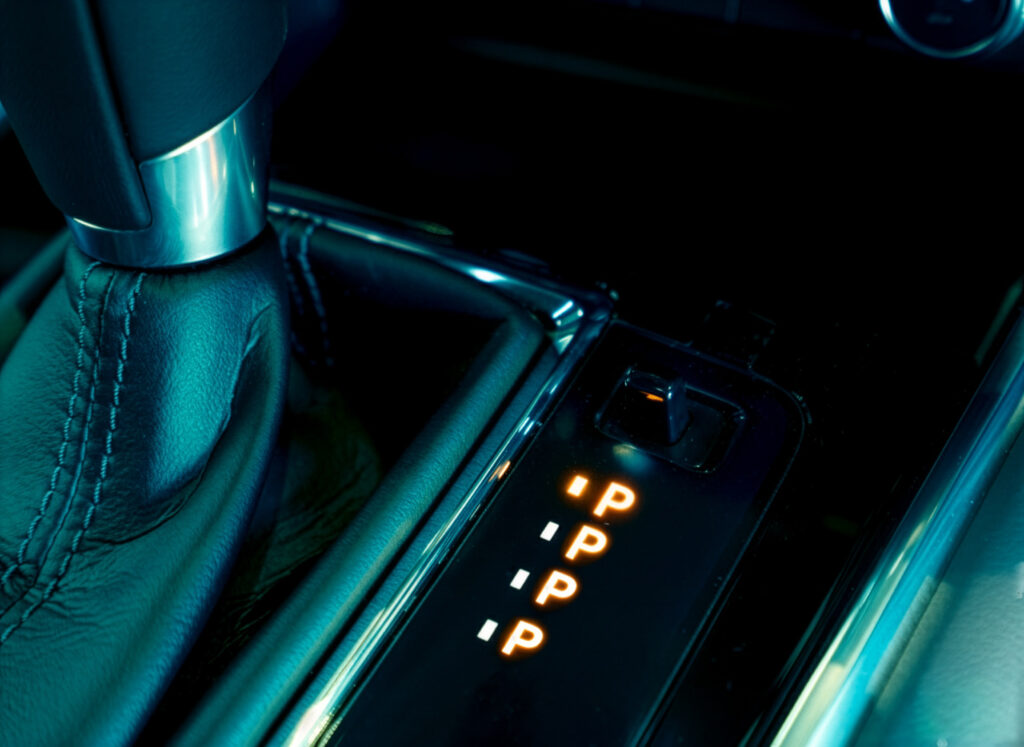If you’ve ever clicked “Sign Up,” “Learn More,” or “Get Started,” you’ve encountered a call-to-action (CTA). CTAs are one of the most powerful tools in a marketer’s toolbox, designed to motivate and guide users to take specific actions. Whether you’re asking for a purchase, capturing lead info or building engagement, well crafted CTAs can make a big impact on your business results.
What Is a Call to Action (CTA)?
A call to action is a prompt that asks users to take specific actions, like sign up for a trial, download an ebook or buy a product. CTAs can take many forms, buttons, links, banners, popups, images. They’re the bridge between user interaction and the marketer’s goal, making them key to turning casual visitors into loyal customers.
Why Are CTAs Important in Marketing?
CTAs are more than just pretty buttons or banners; they’re the engine behind many successful marketing campaigns. Here’s how CTAs can help your marketing:
- Conversions: A well placed and compelling CTA will direct users to the next step in their buyer’s journey and get them to act.
- Revenue: From trial signups to final sales, CTAs turn curiosity into dollars.
- Customer Info: CTAs like “subscribe to our newsletter” build your database so you can market to them directly.
- Engagement: Interactive CTAs like quizzes or live chat prompts keep users invested in your brand.
The Anatomy of a Good CTA
Not all CTAs are created equal. Here are the key elements that make a CTA stand out and perform:
1. Action Oriented Copy
Use strong, clear action verbs like “Shop,” “Download,” or “Subscribe” to get users to act. Words that create urgency, like “now” or “today”, amplify the impact.
2. Benefit-Focused Copy
Tell users what they’ll get by clicking. For example, “Start saving today” conveys immediate and tangible value.
3. FOMO (Fear of Missing Out)
Scarcity tactics like “Only three left in stock” or time-sensitive prompts like “Offer ends in 24 hours” use FOMO to get users to act.
4. Emotion and Curiosity
Tap into users’ emotions with CTAs that are curious or address pain points. For example, “Find the solution to your social media challenges” piques interest while empathising with users’ needs.
5. Effective Visuals
CTAs should stand out visually. Use contrasting colors, bold fonts and enticing designs to grab attention—but make sure they fit within your brand identity.
6. Strategic Placement
Test placement to get maximum visibility. CTAs work well in the header, sidebar or within core text, but overloading users with multiple CTAs can be counterproductive. Place CTAs at key touchpoints in the user’s experience.
How CTAs Fit into the Marketing Funnel
CTAs are most effective when aligned with where users are in their customer journey. Tailor your messaging and offers to the user’s stage in the funnel:
- Awareness Stage: Use CTAs like “Discover More” or “Read Our Blog” to educate new prospects.
- Consideration Stage: Offer free trials or downloadable resources, using CTAs like “Try it for Free” or “Download the Guide.”
- Decision Stage: Encourage purchases or direct consultations with CTAs such as “Buy Now” or “Schedule a Demo.”
Tailored CTAs improve user experience and guide users step by step to conversion.
CTA Strategies You Should Be Using
To design high-performing CTAs implement these proven strategies:
Free Trials
Free trials, popular with SaaS companies, reduce the obstacles to purchase while giving users a taste of the product benefits. A CTA like “Start Your Free Trial Today” feels low risk and approachable. Don’t bury the lead. Show users what they’ll get by acting, such as “Get Your Free Marketing Plan in Less Than 5 Minutes.”
Use PAS (Problem, Agitation, Solution) Copy
Craft CTAs using the PAS approach:
- Problem: Highlight the user’s pain point.
- Agitation: Stir up the urgency of addressing it.
- Solution: Offer your product, service or content as the answer.
Example CTA: “Struggling with time management? Find tools to boost your productivity now.”
Offer Bonuses
Entice clicks by offering extra value, like discounts or free tools. For example “Sign up and get 15% off your first order.”
A/B Test Your CTAs
Optimise CTA performance by testing different variables. Test placement, wording, design or offers to see what works best for your audience.
Common CTA Mistakes to Avoid
Even experienced marketers make mistakes when crafting CTAs. Here’s what to watch out for:
- Overloading the User: Don’t clutter your page with too many CTAs. Focus on one primary action to keep it clear.
- Non-Actionable Copy: Passive language like “Click here” is weak. Go for something direct and active.
- Lack of Alignment with Funnel Stages: Mismatched CTAs confuse users and creates friction in their decision journey.
The Future of CTAs
AI and immersive experiences will continue to shape the future of CTAs. Voice-activated CTAs, powered by smart devices and virtual assistants, will rise in popularity, enabling seamless user engagement. Personalising CTAs with machine learning algorithms will also become more important, matching offers to individual user behavior.
Strategic CTAs are key to conversions, revenue and user engagement. By tailoring your CTAs to your audience and funnel stages you can guide them to their next step.
Want to improve your CTAs? Start testing the strategies above and see how they work for your marketing campaigns. Remember, a simple “Start Your Free Trial” could be the click that takes your business to the next level.




